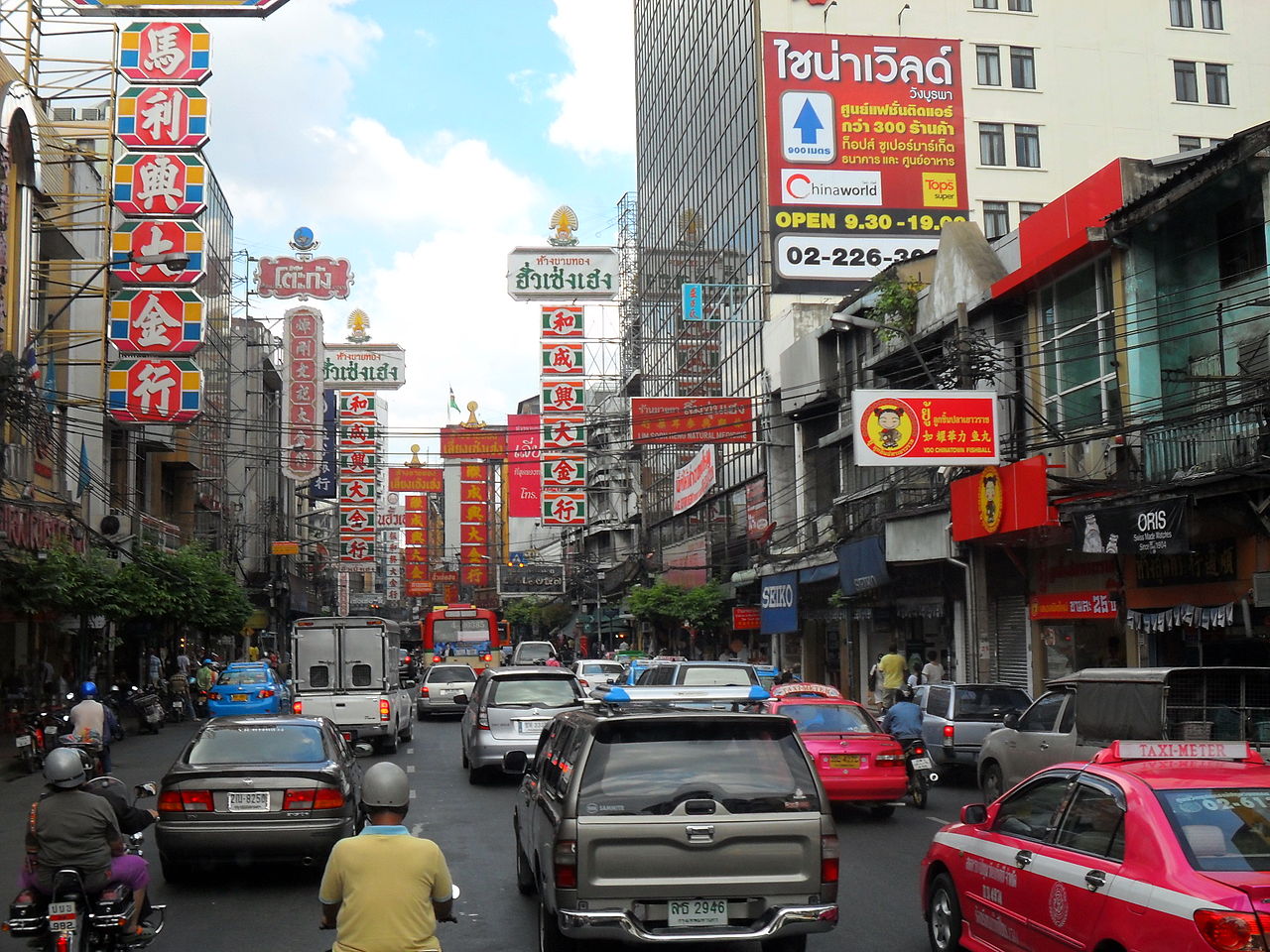According to a rating of the most popular destinations among tourists published by international payment system MasterCard, Bangkok was the most visited city in the world this year. The Thailand's capital pushed London into the second place. In total, MasterCard expects that Bangkok will receive 21.5 million foreign tourists in 2016, London - 19.9 million. The third place is occupied by Paris with 18 million tourists. The top 10 also includes Dubai (15.3 million), New York (12.8 million), Singapore (12.1 million), Kuala Lumpur (12 million), Istanbul (11.95 million), Tokyo (11.7 million) and Seoul (10.2 million), or one American city, two European and seven Asian. London also stood down by volume of money spent by tourists. Now, the British capital is in the second place, and the leader is Dubai, where tourists will spend $ 31.3 billion (just $ 19.8 billion in London). New York with $ 18.5 billion is in the third place.
MasterCard publishes this report annually. In total, the company’s analysts compare 132 city, 42 of them are located in the Asia-Pacific Region (APR), 36 – in Europe, 21 - in the Middle East and Africa, 19 - in Latin America and 14 - in North America. MasterCard’s report considered only airplane trips, and trips longer than one night. The tourism industry in the Asia-Pacific region is the most actively developing: 11 cities in the top 20 accounted for this region. According to the chief economist MasterCard Yuwa Hedrick-Wong, there is a good reason for this. "In Bangkok has a strong position to lead for a long time ... There's a good quality-to-price ratio, especially for tourists from high-income countries."
Every sixth person in the world is a tourist. According to the World Tourism Organization, the world's tourism revenues increased in real terms by 4.4%, to $ 1.26 trillion in 2015. The sector contributed $ 7.2 trillion in the world’s GDP in total, and directly or indirectly supports every 11th job in the world. Last year, the market created 2.5 million jobs, directly serving the tourists – travel agencies, hotel business, air transport, restaurants, to name a few. Share of tourism in global exports of goods and services rose to 7%, the industry is only inferior to the fuel and chemical industries, and ahead of food production and car industry. According to forecasts of World Travel and Tourism Council, the sector will outstrip growth of the world economy in 2016.
Since last year, tourism has suffered from a number of global factors: strong fluctuations of world currencies, decline in oil prices and deterioration of security situation in many parts of the world. Despite this, the industry not only managed to cope with the difficulties, but also continues to grow. Tourist traffic has temporarily switched from risky to more safe areas, and weakening currency and falling commodity prices have made some countries more attractive for tourism.
source: telegraph.co.uk
MasterCard publishes this report annually. In total, the company’s analysts compare 132 city, 42 of them are located in the Asia-Pacific Region (APR), 36 – in Europe, 21 - in the Middle East and Africa, 19 - in Latin America and 14 - in North America. MasterCard’s report considered only airplane trips, and trips longer than one night. The tourism industry in the Asia-Pacific region is the most actively developing: 11 cities in the top 20 accounted for this region. According to the chief economist MasterCard Yuwa Hedrick-Wong, there is a good reason for this. "In Bangkok has a strong position to lead for a long time ... There's a good quality-to-price ratio, especially for tourists from high-income countries."
Every sixth person in the world is a tourist. According to the World Tourism Organization, the world's tourism revenues increased in real terms by 4.4%, to $ 1.26 trillion in 2015. The sector contributed $ 7.2 trillion in the world’s GDP in total, and directly or indirectly supports every 11th job in the world. Last year, the market created 2.5 million jobs, directly serving the tourists – travel agencies, hotel business, air transport, restaurants, to name a few. Share of tourism in global exports of goods and services rose to 7%, the industry is only inferior to the fuel and chemical industries, and ahead of food production and car industry. According to forecasts of World Travel and Tourism Council, the sector will outstrip growth of the world economy in 2016.
Since last year, tourism has suffered from a number of global factors: strong fluctuations of world currencies, decline in oil prices and deterioration of security situation in many parts of the world. Despite this, the industry not only managed to cope with the difficulties, but also continues to grow. Tourist traffic has temporarily switched from risky to more safe areas, and weakening currency and falling commodity prices have made some countries more attractive for tourism.
source: telegraph.co.uk



















